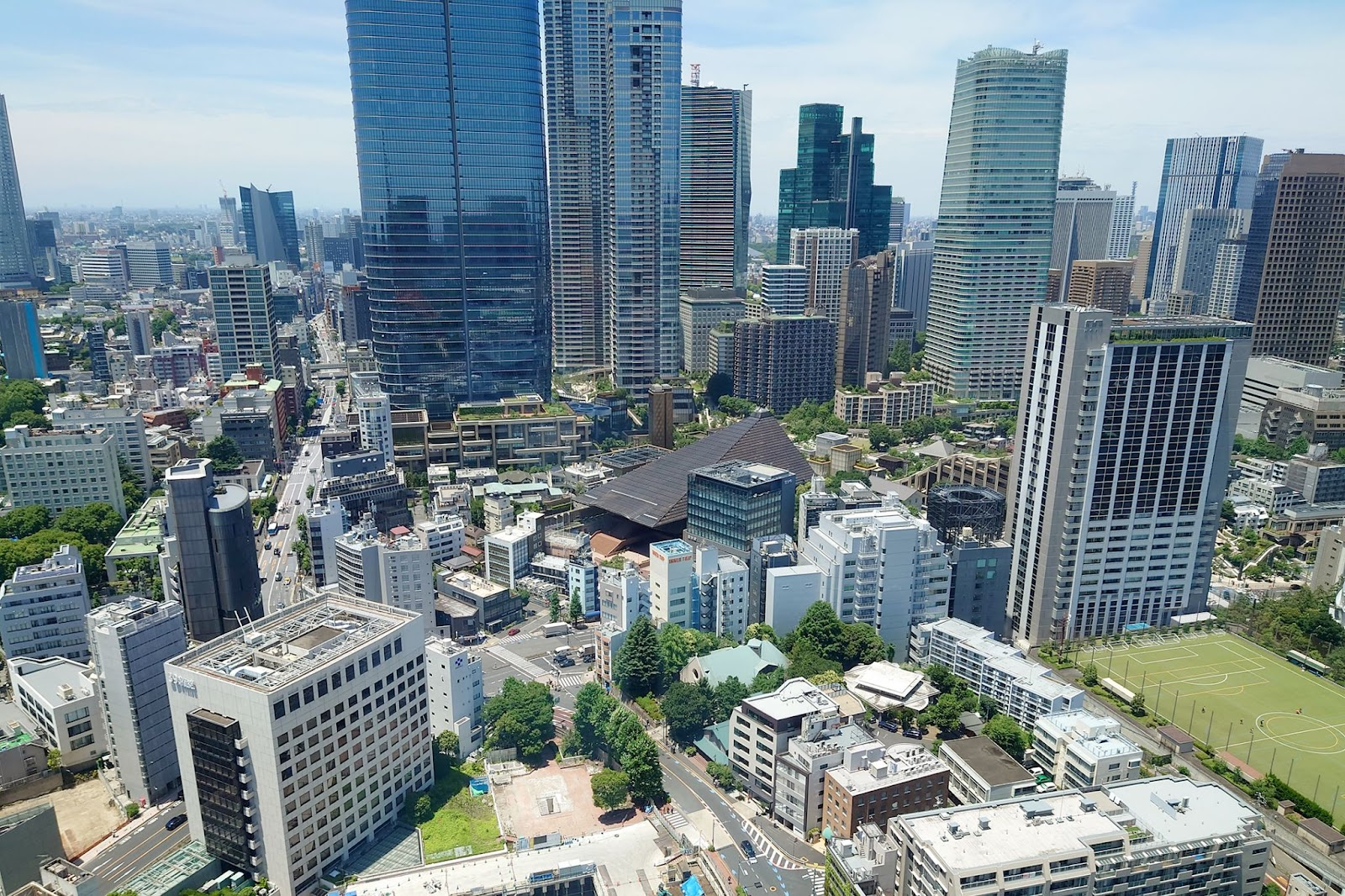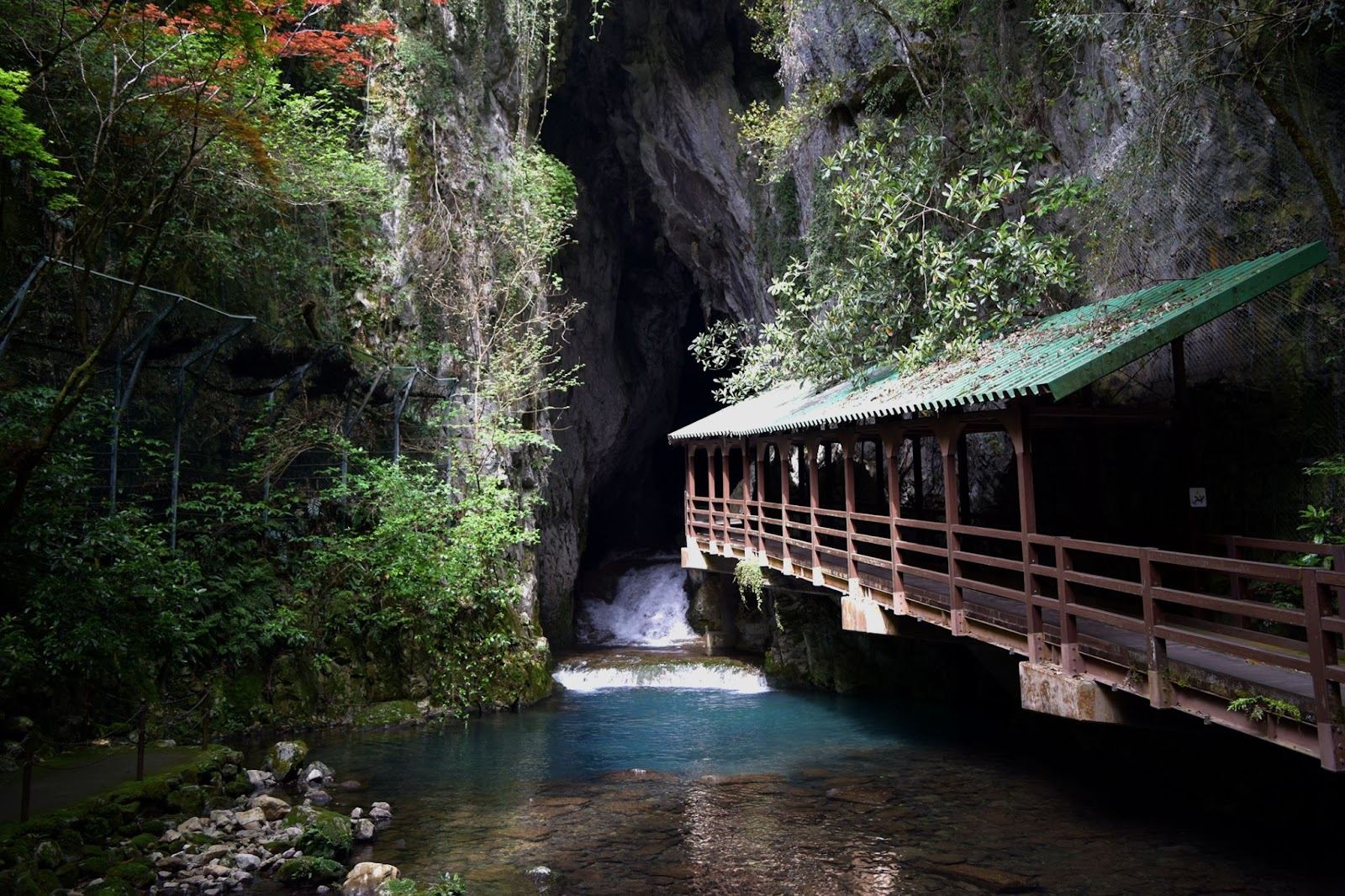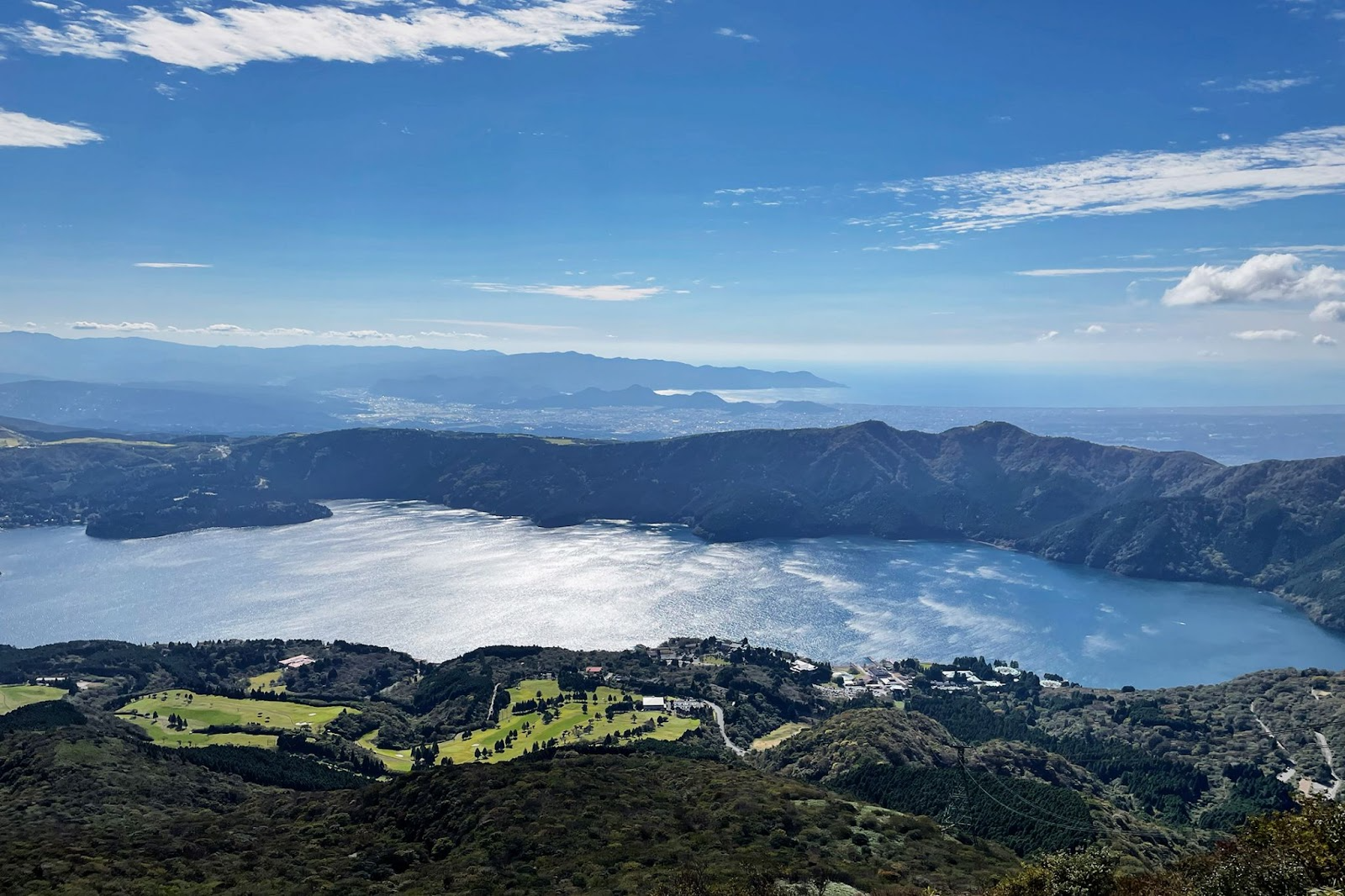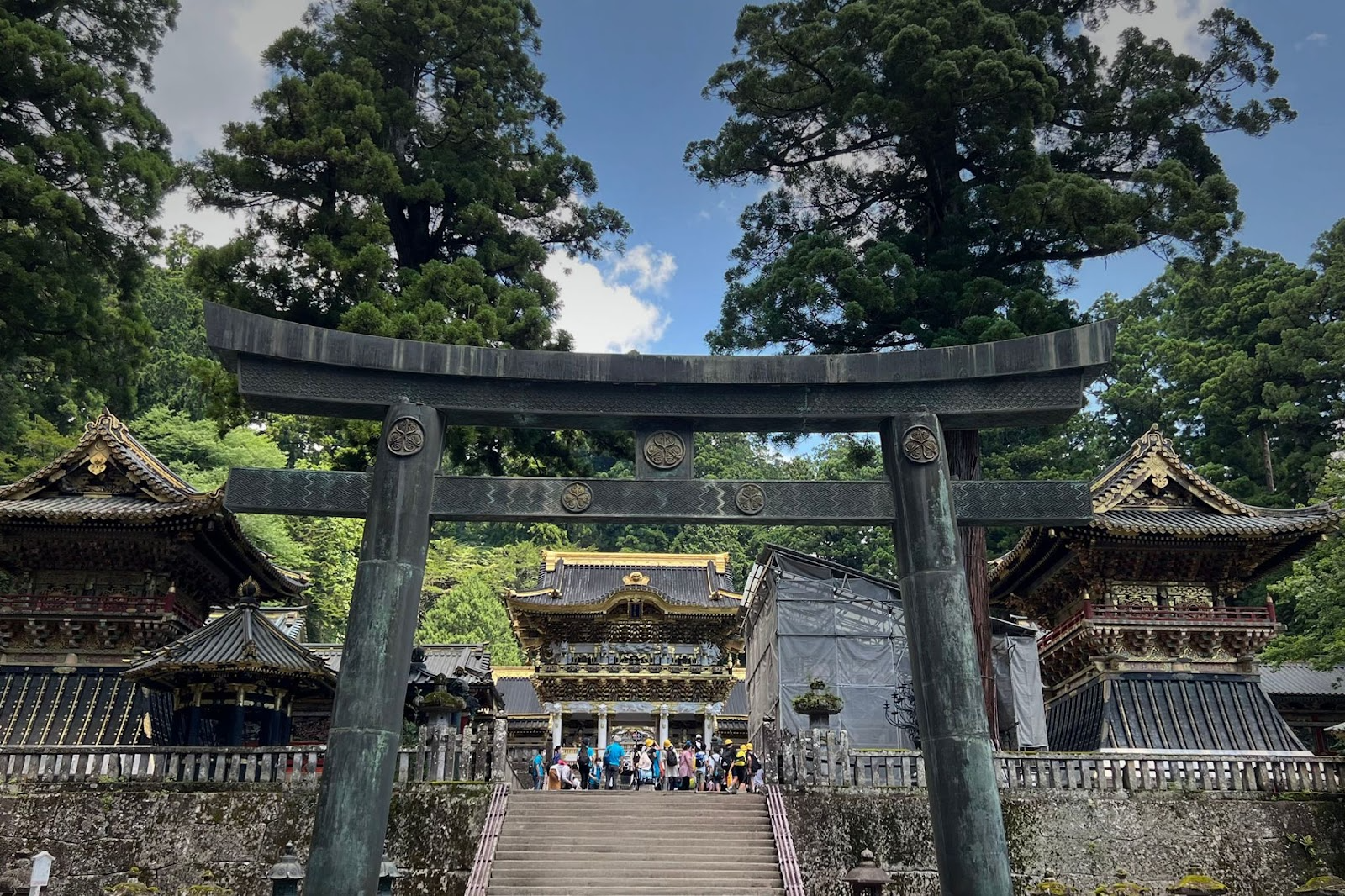How about marking your milestone in a serene Japanese haven that makes you forget the bustle of the capital? In the very heart of the city, Tokyo’s luxury ryokan invite you to slip off your shoes and breathe in the scent of tatami and the warmth of hot spring baths—creating a private retreat just for two. If you’re searching for the best ryokan in tokyo for an anniversary, this guide highlights elegant stays where service, setting, and access come together.
Step away from your busy routine and deepen your bond in soothing quiet and refined hospitality that feels like another world. With photogenic Japanese scenery and smart tips for planning a surprise, this guide shows you how a ryokan stay in Tokyo can elevate your anniversary.
Best Ryokan in Tokyo: Our Curated Top 5 (Central Tokyo)
We’ve handpicked five luxury ryokan in central Tokyo where you can immerse yourself in the calm of “wa” (Japanese aesthetics). Each property stands out for its intimate scale, anniversary‑friendly service, reliable English support for international guests, and convenient access. We considered room count, privacy, onsen or bath quality, and proximity to key sights when selecting these options.
Note: Rates and package details may vary by season. Please check each official website for the latest information.

HOSHINOYA Tokyo (Otemachi)|Urban Luxury
Set within Otemachi’s skyscrapers, HOSHINOYA Tokyo realizes the concept of a “tower ryokan,” offering Japanese tranquility inside a high‑rise. The entire building is tatami‑floored, so you take off your shoes and move through sukiya‑style guest rooms that showcase traditional craftsmanship.
On the top (17th) floor, an open‑air bath fed by natural hot spring water drawn from 1,500 meters underground awaits. Slip through a cave‑like indoor bath and step into an alfresco tub that frames the Tokyo sky—a singular soak with a view (*1). For anniversaries, the team can arrange cakes or bouquets, and you can discuss surprise ideas in advance for a seamless reveal (*2).
Even with Tokyo Station’s Marunouchi area within walking distance, once you enter you’ll find hushed calm and polished service that make the city’s noise fade away.
Yuen Bettei Daita (Setagaya)|A Garden‑and‑Bath Hideaway
Tucked into a quiet Setagaya‑Daita neighborhood, Yuen Bettei Daita feels like a retreat worlds away—even though it’s only about ten minutes from the city center.
The large communal baths are filled daily with hot spring water transported from Hakone’s Ashinoko Onsen, an alkaline simple spring that’s gentle on the skin; linger in the garden‑facing open‑air bath to your heart’s content (*3). There’s an aroma mist sauna for women and a dry sauna for men, and the indoor baths play seasonal soundscapes to heighten relaxation.
Some rooms feature private open‑air baths (not hot springs), so you can enjoy an intimate soak in a space styled with refined Japanese‑modern design. With a kappo restaurant serving full kaiseki cuisine and a spa on site, it’s a relaxation‑rich stay that hardly feels like “travel” at all.
Stroll the greenway that runs by the ryokan and you’ll soon reach Shimokitazawa, where indie shops and small theaters make for a delightful neighborhood walk.

ONSEN RYOKAN YUEN Shinjuku|Soaking with a Cityscape
Just a bit removed from the hum of Shinjuku Station, YUEN Shinjuku is an urban onsen ryokan where you can slip into the ryokan mood right in the center of Tokyo. The top‑floor open‑air bath is fed with Hakone’s hot spring source, letting you soak while gazing out over Shinjuku’s skyline—a first‑class bathing experience (*4).
Sleek Japanese rooms and a tea lounge create a quietly sophisticated environment, and you can start your day with a seasonal Japanese breakfast. The central location means unmatched transport convenience: relax in the onsen between sightseeing and shopping, then head back out to enjoy the city lights and evening activities—your schedule, your way.
Tea Room Ryokan Asakusa|The Beauty of Tea and Minimalism
In a pocket of Asakusa rich with old‑Tokyo charm, chashitsu ryokan asakusa is a 10‑room design ryokan that distills the spirit of a tea room into modern hospitality. The entrance features a roji‑style garden and a footbath that begin your transition into an extraordinary time from the moment you check in (*5).
Guest rooms are intentionally compact and minimalist, with low ceilings and nothing superfluous. Paper lanterns flicker softly, and light filtered through misu (reed screens) creates a poised, elegant glow. On the top floor, all staying guests can reserve a private hinoki‑wood open‑air bath that looks toward Tokyo Skytree, and some rooms also include their own open‑air tubs—perfect for privately savoring the city’s night breeze and skyline.
Dinner is typically offered off‑site at partner restaurants (for example, Cyashitsu Nigou), but you’ll still enjoy a memorable culinary evening. With Senso‑ji and Kaminarimon within walking distance, you can pair your stay with photogenic, classic‑Japanese scenery all around.
PROSTYLE Ryokan Tokyo Asakusa|Modern Japanese Design and Downtown Warmth
Located in Asakusa, PROSTYLE Ryokan Tokyo Asakusa blends tradition and modernity to create a true “in‑the‑neighborhood” ryokan experience.
All 43 rooms have tatami flooring so you can take off your shoes and unwind as if at home. Several room types include open‑air or semi‑open‑air baths, and because every room is tatami‑floored, you can sink into a soothing soak in your own space—luxury right in the city (*6).
Senso‑ji, the Sumida River, and Tokyo Skytree are close by, where Edo‑era atmospheres meet contemporary cityscapes. From engawa‑like terraces, you can gaze over the local streets and take your time.
Picture a day unique to Asakusa: a morning run along the Sumida River, a daytime tour of local highlights by rickshaw, and an evening drink after unwinding in your room’s open‑air bath—it’s a charming, only‑in‑Asakusa way to spend your anniversary.

Why a “Ryokan” Stay in Tokyo Is Perfect for an Anniversary
A luxury ryokan stay in Tokyo brings together everything you want for a standout anniversary: an immersive Japanese setting without long transfers, easy‑to‑plan surprises, naturally photogenic backdrops, reassuring multilingual support—and all the ingredients for an effortless, successful celebration.
Balancing Otherworldly Calm and Fine Quality
A ryokan’s quiet Japanese spaces—tatami, shoji, and all—become a special stage that helps you forget daily life while still in the city.
Even if the ryokan sits inside a high‑rise, stepping onto tatami in bare or stockinged feet works wonders to settle your mind. Soak to your core in a natural open‑air hot spring, then unwind in a room lit by warm washi‑paper lamps—an experience where a sense of “elsewhere” and high quality coexist (*1).
Urban ryokan bring the spirit of mountainside or seaside hot springs and seasonal beauty into the city, giving you a rare chance to savor time‑honored nature while staying in Tokyo—ideal for an anniversary (*2).
Built‑In Surprise Potential
Ryokan stays naturally suit surprise plans because privacy is front and center. Give the staff a discreet cue at check‑in and they can deliver a bouquet or cake at just the right moment during dinner (*3).
Private dining in your room lets you decorate, leave a message card, and lean into that sense of occasion without worrying about onlookers. Smaller ryokan also make it easy to coordinate details—“please bring this out at the exact moment”—so the team becomes your partner in crafting a story for two.
Photographic Value
Ryokan are filled with scenes that make memorable photos, perfect for capturing your anniversary.
Rooms with soft daylight filtering through shoji, and corridors or gardens with classic lines, look beautiful at any hour. By night, lanterns create a gentle glow, and the gate or covered walkways become picture‑ready spots.
You can also pair Tokyo’s signature views with Japanese aesthetics. In Asakusa, for instance, a rooftop or open‑air bath might frame the five‑storied pagoda or Tokyo Skytree—contrasts that will stay with you (*4). With these settings, you can get a hero shot without needing a professional photographer.
English Support and Multilingual Ease
High‑end ryokan in central Tokyo are ready for international guests. English is commonly spoken by front‑desk and reservations teams, and printed materials and in‑room guides often appear in English as well, so you can relax without language worries.
Many accommodation providers can accommodate allergies and dietary preferences with advance notice, including considerations for religious reasons—reassuring if your partner is from overseas.
Access from Airports and the Shinkansen
Anniversary trips go better with less transit stress. Ryokan near Tokyo Station—Japan’s Shinkansen hub—are easy to reach on foot or with a short taxi ride, even with luggage.
From the airports, Haneda gets you into the city by train in about 30–60 minutes; from Narita, limousine buses or the Skyliner typically bring you to central Tokyo in around an hour. One Setagaya ryokan, for example, notes “about 60 minutes by train from Haneda and about 90 minutes from Narita” (*5), so even with airport arrivals you’ll have more time for your plans.
That extra time—redirected to surprise touches and relaxation—is a major advantage of staying in a Tokyo ryokan.
Ryokan Basics|Understand the Difference from Hotels in 3 Minutes
If this is your first time at a Japanese ryokan as a couple, a quick primer on how it differs from a hotel—and a few basic manners—will help your day flow smoothly. Knowing the dining style, bathing customs, and how to move about the room will set you up for a relaxed stay.

Food Fundamentals
Dinner at a ryokan typically features kaiseki, a multi‑course celebration of seasonal ingredients that you savor bit by bit—often with sake (*1).
You’re invited to take your time, appreciating the harmony of presentation and flavor. Dishes reflect local specialties and the colors of the season, and each plate has a story; if something intrigues you, ask the attendant about it. If you have allergies or avoid certain items for religious reasons, tell the ryokan at booking and they will usually adjust within reason.
More properties now offer halal or vegan kaiseki as well, so don’t hesitate to inquire ahead.
Bathing Basics
Large communal baths and hot springs are a highlight—follow the simple rules and you’ll enjoy them comfortably.
Legally, “onsen” refers to naturally occurring hot water that meets government standards for temperature and mineral content (Onsen Law). In Tokyo, some ryokan pipe in natural hot spring water, while others heat regular water for their communal baths. In either case, wash thoroughly before entering and pour a little water over yourself to rinse sweat before you soak (*2). Avoid wearing a towel in the bath or dipping it into the tub.
Public baths are generally nude, separated by gender, and swimsuits are not allowed. It can feel a bit daunting, but consider it part of the cultural experience. Some ryokan offer private/family baths you can reserve to bathe together as a couple—check policies and booking methods in advance.
Peak times are typically around dinner (6:00–8:00 p.m.) and before breakfast (6:00–8:00 a.m.). If you go late at night or early afternoon, you might have the place nearly to yourself.
Setting & Etiquette
A little awareness of Japanese aesthetics goes a long way. You’ll remove your shoes at the entrance and walk on tatami in bare feet or socks. Unlike Western‑style hotels, stepping onto tatami directly creates a private, home‑like space (*3).
In tatami rooms, leave slippers at the threshold, avoid stepping on floor cushions or door sills, and wear the provided yukata properly (left side over right), fastening the sash so it stays neat.
You can usually wear yukata to the dining room or lounge. Open and close shoji and fusuma gently, and handle walls and furnishings with care—they’re often delicate materials. When attendants come to lay out bedding or serve courses, welcome them warmly.
Be considerate with photography so other guests aren’t captured unintentionally (and note that photos are prohibited in communal bath areas, as detailed below). If you’re unsure about any custom, ask the staff—they’ll be happy to guide you so you can relax with confidence.
Choosing Rooms, Baths, and Dining|How to Weigh Privacy and Quality
When picking the perfect ryokan for an anniversary, focus on the details that shape comfort: quiet, views, layout, and timing. Room type, bath facilities, and dining style all influence privacy and ease. Here’s how to decide.

How to Choose a Room (Open‑Air Bath / Corner Room / Few Rooms)
Your room is central to your satisfaction. If quiet matters most, choose a ryokan—or a floor—with fewer rooms to lessen hallway noise and enhance privacy (*1).
At properties with 10 rooms or fewer, staff often deliver exceptionally personalized care, creating a refined, adult‑friendly atmosphere. Rooms with private open‑air baths are especially popular: soaking whenever you like elevates the sense of occasion.
No outdoor bath? A corner room or a top‑floor room with an expansive view still delivers that open, airy feel. Consider whether you prefer beds or futon, a Japanese‑Western hybrid or a pure Japanese layout—choose what feels right for you both.
How to Choose Bath Facilities
Check whether there are private baths and how to reserve them.
With a private bath, you can enjoy an unhurried soak together. Even if your room doesn’t have an open‑air tub, some ryokan offer complimentary or paid private‑use times. If there’s only a large communal bath, try off‑peak hours—as noted above, you may find it nearly empty, which is a special perk at small properties (*2).
Into sauna culture? Verify whether there’s a sauna and cold‑plunge pool. Look at the hot spring’s water type and touted benefits; imagine how each might suit your skin and your ability to unwind.
How to Choose Dining
Dining style changes the level of privacy. If you want uninterrupted time together, look for in‑room dining. You’ll enjoy a full course meal in your own space.
Note that start times are usually set by the ryokan—most dinners begin between 6:00 and 7:00 p.m. If you arrive late, service might not be possible, so plan plenty of time for check‑in.
For the menu, reviews mentioning successful allergy or preference accommodations can be helpful. Some properties let you choose Japanese or Western breakfasts, and a few offer brunch—ask when you book if that matters to you.
How to Gauge Service
Service quality varies and is worth comparing. Check official sites and reviews for English support, concierge availability, and staff flexibility. If past guests mention successful surprise arrangements or dedicated anniversary plans, that’s a positive sign.
Also look for photography policies. Many ryokan prohibit professional‑grade gear indoors, and drones are generally banned. Photography in privacy‑sensitive areas like communal baths is of course off‑limits—use common sense and enjoy respectfully.
At top ryokan, staff often remember guest names and provide heartfelt, personalized care (*3). Weigh this level of hospitality as part of your decision so you can fully relax.
Anniversary‑Elevating Ideas (On‑Site & Uniquely Tokyo)
To make your ryokan stay even more unforgettable, sketch a plan that fits your story. Share the flow and timing with staff in advance, and your surprises will land perfectly.
Play with light, enlist a little help, and weave in Tokyo‑specific settings—you’re on your way to a once‑in‑a‑lifetime celebration.
Private Dining and Floral Flourishes
Dress up dinner with thoughtful touches. Ask the kitchen to incorporate an ingredient that’s meaningful to you both, or request a surprise message on the dessert plate—customization is usually possible with advance notice. Many ryokan also allow you to bring in bouquets or gifts.
With prior coordination, staff can deliver a bouquet at just the right moment during dinner—guests have shared success stories like this (*1). If you can reserve a private dining room, a few simple decorations—candles, balloons—go a long way. You can even leave items with staff before check‑in so your partner walks into a fully decorated table.
Kimono, Photos, and Night Views—A Trio
Since it’s a special trip, consider combining kimono attire with photography and Tokyo’s nightscapes.
In areas like Asakusa and Ginza, kimono rental shops welcome international visitors, and some vendors provide on‑site dressing at your ryokan. Choose a plan with professional hair and makeup if you want a full transformation. When taking photos in the ryokan, be mindful of others and lean into classic motifs—silhouettes through shoji, seated poses on tatami.
Ask the staff for the best photo spots; they’ll have insider ideas. In the evening, step out in kimono to capture illuminated shrines and temples or the modern skyline. For something truly memorable, charter a yakatabune boat: photograph Tokyo Skytree and Rainbow Bridge from the water while savoring the city lights—an Edo‑era spirit meeting the modern metropolis (*2).
This triad—kimono, photography, and night views—adds drama to your anniversary in the best way.

Only‑in‑Tokyo Off‑Site Activities
Pair your stay with activities that could only happen in Tokyo. A private yakatabune dinner cruise on Tokyo Bay or along the Sumida River—with Edomae tempura or sushi—becomes an event all its own.
From the water, watch Tokyo Tower or Odaiba shimmer after dark and amplify that sense of escape. Beyond cruising, you might book a private tea ceremony or incense appreciation experience, join a guided evening tour of Tokyo’s finest gardens, or arrange an after‑hours museum visit.
Travel companies and concierges are typically happy to help—share your interests and they’ll handle the logistics. By layering in a distinctly Tokyo experience, you’ll enrich your ryokan time and make the entire anniversary glow.
Photogenic Ryokan Spots & Photo Etiquette
Beautiful ryokan beg to be photographed—especially on an anniversary. Here are the go‑to spots and key manners so your images become treasures for two without disrupting anyone’s stay.
Etiquette Indoors
Be mindful of others when shooting inside. Photography is prohibited in nude areas such as communal baths and changing rooms (*1).
Bringing phones or cameras into these spaces is itself a breach of etiquette, so please avoid it. In corridors and lounges, try not to capture other guests; choose quieter times if possible.
Tripods and lighting gear are sometimes restricted; ask staff in advance if you plan to use them. Shutter sounds and flashes can jar the calm ambiance—handheld shots are best to preserve the mood.
Photogenic Spots (On‑Site and Nearby)
Ryokan are full of photogenic corners: courtyards, atriums, corridors where soft light filters through shoji, and entrances or covered walkways glowing with lanterns at night.
Think of an engawa‑lined passage with lanterns or a mossy garden as your backdrop—instant Japanese elegance. Staff will gladly point you to their favorite angles.
Use the neighborhood, too, for unmistakably Tokyo images. Around Asakusa, pose with the lit‑up Kaminarimon gate or Senso‑ji at night, or compose a frame with Skytree in the distance.
In Otemachi and Nihonbashi, pair kimono with stately historic façades or the illuminated boulevards of Marunouchi. Central‑Tokyo ryokan offer that unique fusion of tradition and city energy—make it yours.

What to Bring & What to Wear
A few props help elevate your photos. If you rent kimono, choose colors and patterns that resonate with the ryokan’s mood for a cohesive look. Hair ornaments add flair; a patterned folding fan or a traditional parasol becomes a subtle accent in close‑ups.
Bring a bouquet or meaningful keepsakes (a framed photo, a small album) to personalize the scene. A compact tripod is handy for self‑timer shots—just be thoughtful about where and when you set it up. If tripods aren’t feasible indoors, try a small selfie stand or kindly ask a staff member to take a picture.
If rain is in the forecast, a Japanese‑style umbrella or a simple rain cape turns showers into atmosphere—rainy‑day images can be exquisite.
Saving and Sharing Your Images
Back up your photos as you go. Sync to cloud storage and create a shared album for the two of you.
After the trip, pick your best shots for prints or compile a photo book. Turning memories into something you can hold makes the day easy to revisit.
When posting on social media, add tags like #TokyoRyokan or #AnniversaryTrip to connect with fellow travelers. However you save them, keep your anniversary alive in a form that feels special.
In Closing|Make Your Tokyo Stay Unforgettable
A luxury ryokan stay in Tokyo blends effortless access with a transporting sense of Japanese calm—an ideal formula for an anniversary. Surrounded by timeless design and attentive hospitality, you’ll feel your connection grow even stronger.
Fold in surprise touches and photo ideas to craft a day that’s unmistakably yours. That quiet, Japanese moment in the heart of the city will live on as a cherished, once‑in‑a‑lifetime memory.
Author Bio

Content Planner & Writer Holding a master’s in Digital Marketing and experience across global markets, Maoko blends international perspective with a deep appreciation for Japan’s cultural heritage. She plans and writes compelling narratives that reveal the country’s beauty and depth, drawing on her passion for travel, local cuisine, and cultural exploration.





